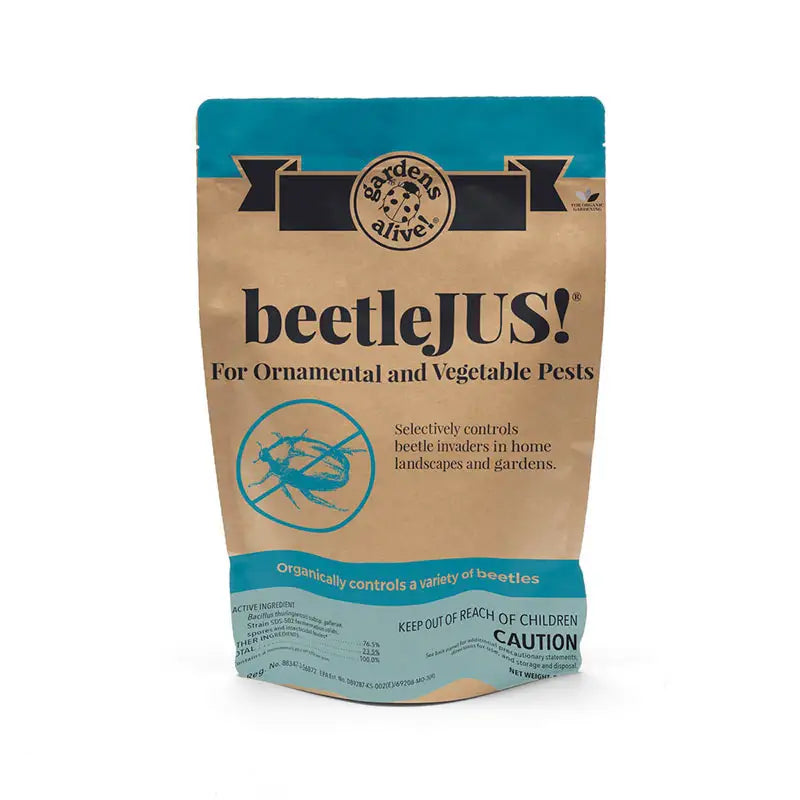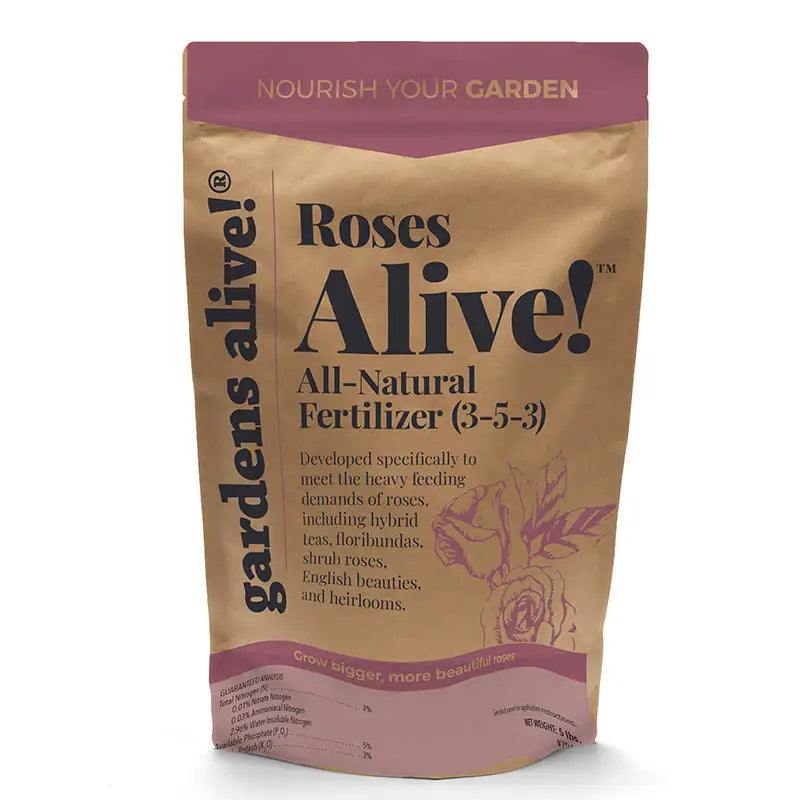The Proper Care of Roses
Q. Barbara in Bethlehem PA writes: "I was trimming back some of my Knock-Out roses during one of our recent 60-degree days and noticed they didn't look right. They have a white substance on the lowest parts of the canes. It wasn't there last fall as far as I know. They're planted in a bed alongside my driveway with some other perennials. Full sun. Two of them have this issue. Is it fungus? Is there anything I can do? Or should I dig them out? I also have a tea rose bed about 30 feet away and so far, I don't see 'it' on any of them. Both beds are fed during the summer and mulched with compost. I sterilize my clippers with bleach between plants. I'm thinking all the rain last year might have something to do with it, although the area drains well. Help!"
A. Glad to, Barb. First, you made a rookie mistake by pruning on a warm winter's day. Whenever the weather is nice, and the gardener is bored silly the pruners come out; for good or for evil. In this case the Dark Side won. Pruning while a plant is awake stimulates new growth. If that pruning is done during a winter warm spell, odds are that it will soon be followed by below freezing temps; and the new sap your pruning got running will freeze solid, often causing the new growth to split wide open.
The only safe time to prune roses is during an extended winter cold spell ("dormant pruning"), but the more you remove in winter, the more you expose the plant to later winter injury, which makes Spring the ideal time; specifically about two weeks after things green up and when no more cold snaps are predicted. Yes, that means maybe looking at overgrown canes for awhile, but the more biomass your roses have over winter the better plants can survive extreme weather, like ice storms.
"White stuff" on leaves might mean disease, but probably not white stuff on canes. It could be many things, including bug spittle or egg cases. "Ripping the plants out" seems extremely extreme in the extreme. See if it wipes clean with a damp cloth or a damp cloth dampened with alcohol and wait for Spring.
And why do people believe that everything that appears odd about a plant is "a fungus"?!
Anyway, here's healthy rose care 101:
• You can prune roses from Spring through Summer to help keep their size within limits and to remove any dead, damaged or diseased branches.
• Never prune roses (or ANY other plants) in the Fall or during spells of warm weather in the winter.
• Never purchase, use, inhale or touch bleach. We don't need to use World War 1 chemical weapons that killed millions in the garden. If you feel you MUST use something to disinfect your pruners (and you don't), use white vinegar. Better to always just cut below the suspect area, into healthy tissue, to prevent the possible transmission of possible infection.
• You redeem your rose care status by mulching your roses with compost. Great choice! Living organisms in compost prevent disease organisms from reproducing, thus negating diseases like black spot before they can infect your plants.
• Never use any kind of wood or bark mulch near disease-prone plants like roses and tomatoes. While compost neutralizes disease spores, wood mulch encourages them. Many plant pathologists have abandoned petri dishes for bags of 'triple premium shredded bark' because the ill-advised wood 'mulch' breeds disease spores much faster. When it comes to roses, no mulch at all is better than wood mulch.
• Only water roses (and tomatoes) in the early morning, so the sun can quickly dry off their leaves. Watering in the evening is guaranteed to invite disease. No matter what, never wet the leaves when watering. Always water roses at the base, and not at all if there's been an inch of rain that week.
• I have never fed my roses, some of which are approaching thirty years old. Just two inches of good quality compost in the Spring. If you feel you MUST otherwise feed your roses, have a light hand with a dilute gentle organic fertilizer designed for flowering plants. If you feed your roses chemical fertilizers like Osmocote or Miracle-Gro, the lush new growth these explosive salts cause will attract pests (especially aphids and Japanese beetles) and disease.
• New roses should be planted where they'll get morning sun; again, so that the early sun can dry the morning dew off their leaves as early in the day as possible. Airflow is also essential; leave plenty of airspace between roses and other plants.
• As soon as blooms start to fade, deadhead the spent blossoms to encourage fast rebloom.
• Pull off discolored leaves immediately, both to prevent the spread of disease and to fool your neighbors into thinking you're really good at this, despite the reality of the situation.
• If disease strikes, prune off the affected areas and trash the prunings. Then remove any mulch at the base of the plant and replace it with two inches of fresh compost. If there wasn't any mulch there, scrape off the top layer of soil and then add the fresh compost. And finally:
• Relax. Roses are tough plants that do really well if we avoid mistreating
A. Glad to, Barb. First, you made a rookie mistake by pruning on a warm winter's day. Whenever the weather is nice, and the gardener is bored silly the pruners come out; for good or for evil. In this case the Dark Side won. Pruning while a plant is awake stimulates new growth. If that pruning is done during a winter warm spell, odds are that it will soon be followed by below freezing temps; and the new sap your pruning got running will freeze solid, often causing the new growth to split wide open.
The only safe time to prune roses is during an extended winter cold spell ("dormant pruning"), but the more you remove in winter, the more you expose the plant to later winter injury, which makes Spring the ideal time; specifically about two weeks after things green up and when no more cold snaps are predicted. Yes, that means maybe looking at overgrown canes for awhile, but the more biomass your roses have over winter the better plants can survive extreme weather, like ice storms.
"White stuff" on leaves might mean disease, but probably not white stuff on canes. It could be many things, including bug spittle or egg cases. "Ripping the plants out" seems extremely extreme in the extreme. See if it wipes clean with a damp cloth or a damp cloth dampened with alcohol and wait for Spring.
And why do people believe that everything that appears odd about a plant is "a fungus"?!
Anyway, here's healthy rose care 101:
• You can prune roses from Spring through Summer to help keep their size within limits and to remove any dead, damaged or diseased branches.
• Never prune roses (or ANY other plants) in the Fall or during spells of warm weather in the winter.
• Never purchase, use, inhale or touch bleach. We don't need to use World War 1 chemical weapons that killed millions in the garden. If you feel you MUST use something to disinfect your pruners (and you don't), use white vinegar. Better to always just cut below the suspect area, into healthy tissue, to prevent the possible transmission of possible infection.
• You redeem your rose care status by mulching your roses with compost. Great choice! Living organisms in compost prevent disease organisms from reproducing, thus negating diseases like black spot before they can infect your plants.
• Never use any kind of wood or bark mulch near disease-prone plants like roses and tomatoes. While compost neutralizes disease spores, wood mulch encourages them. Many plant pathologists have abandoned petri dishes for bags of 'triple premium shredded bark' because the ill-advised wood 'mulch' breeds disease spores much faster. When it comes to roses, no mulch at all is better than wood mulch.
• Only water roses (and tomatoes) in the early morning, so the sun can quickly dry off their leaves. Watering in the evening is guaranteed to invite disease. No matter what, never wet the leaves when watering. Always water roses at the base, and not at all if there's been an inch of rain that week.
• I have never fed my roses, some of which are approaching thirty years old. Just two inches of good quality compost in the Spring. If you feel you MUST otherwise feed your roses, have a light hand with a dilute gentle organic fertilizer designed for flowering plants. If you feed your roses chemical fertilizers like Osmocote or Miracle-Gro, the lush new growth these explosive salts cause will attract pests (especially aphids and Japanese beetles) and disease.
• New roses should be planted where they'll get morning sun; again, so that the early sun can dry the morning dew off their leaves as early in the day as possible. Airflow is also essential; leave plenty of airspace between roses and other plants.
• As soon as blooms start to fade, deadhead the spent blossoms to encourage fast rebloom.
• Pull off discolored leaves immediately, both to prevent the spread of disease and to fool your neighbors into thinking you're really good at this, despite the reality of the situation.
• If disease strikes, prune off the affected areas and trash the prunings. Then remove any mulch at the base of the plant and replace it with two inches of fresh compost. If there wasn't any mulch there, scrape off the top layer of soil and then add the fresh compost. And finally:
• Relax. Roses are tough plants that do really well if we avoid mistreating



